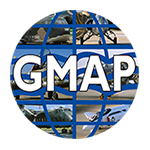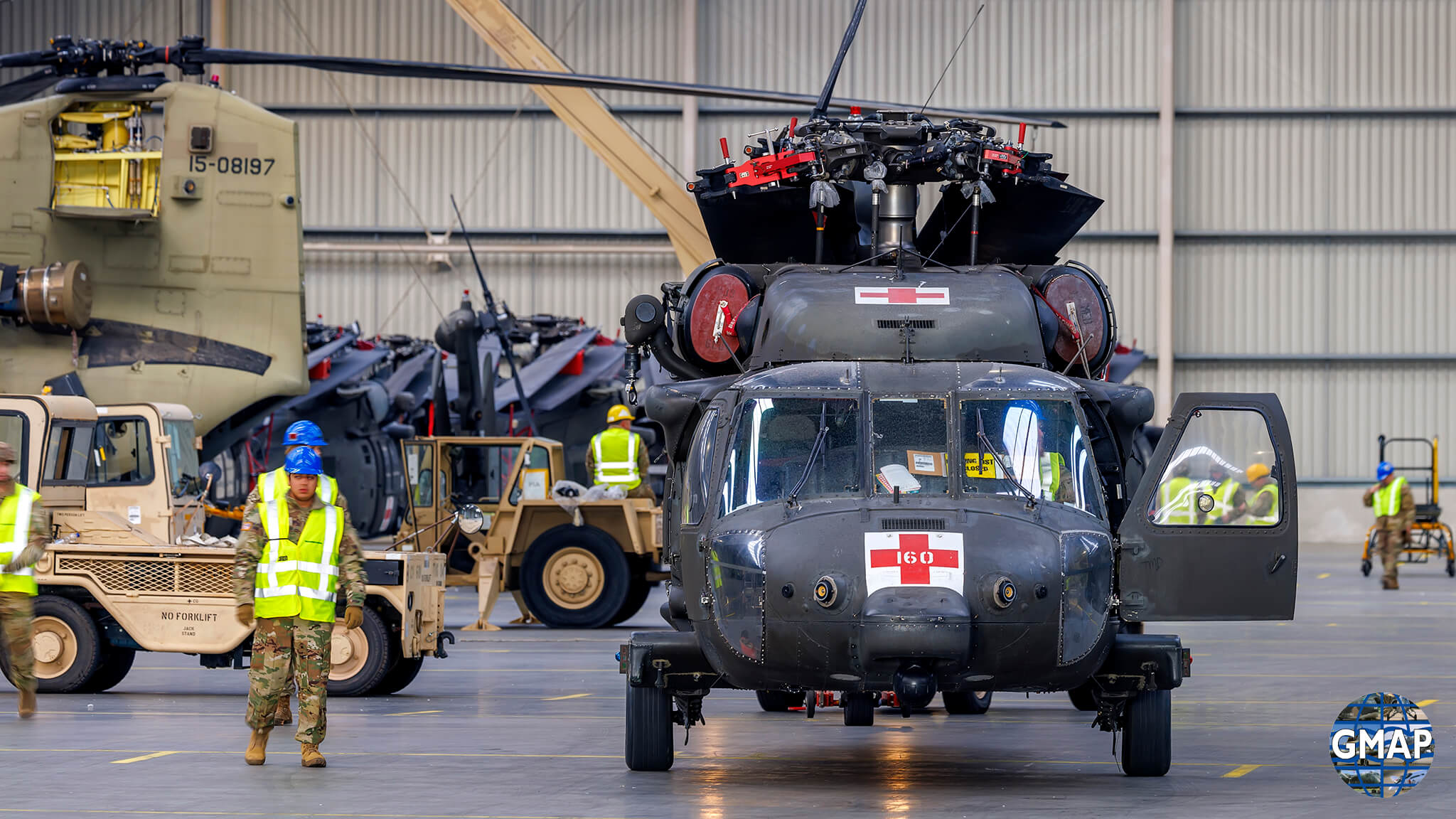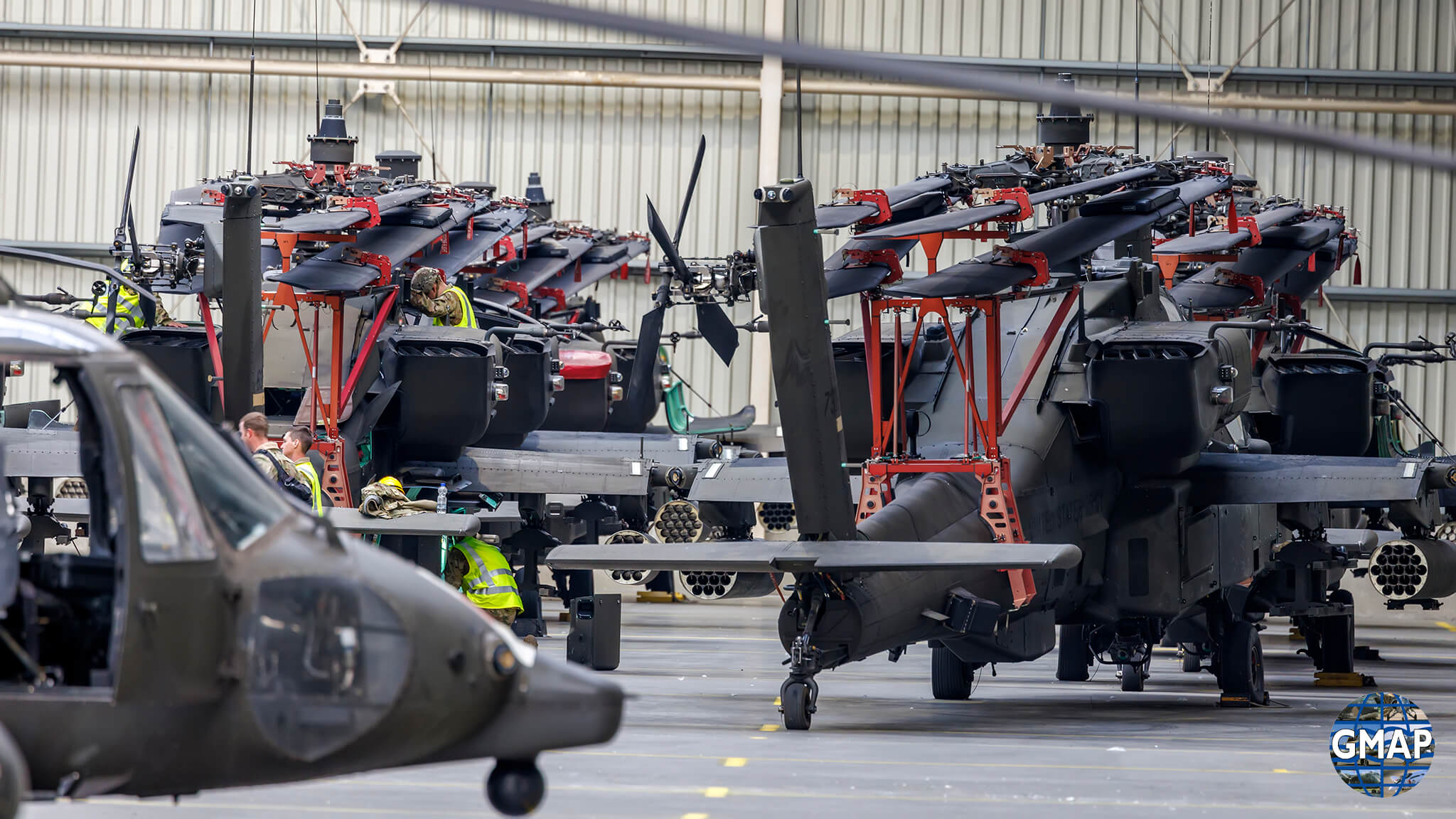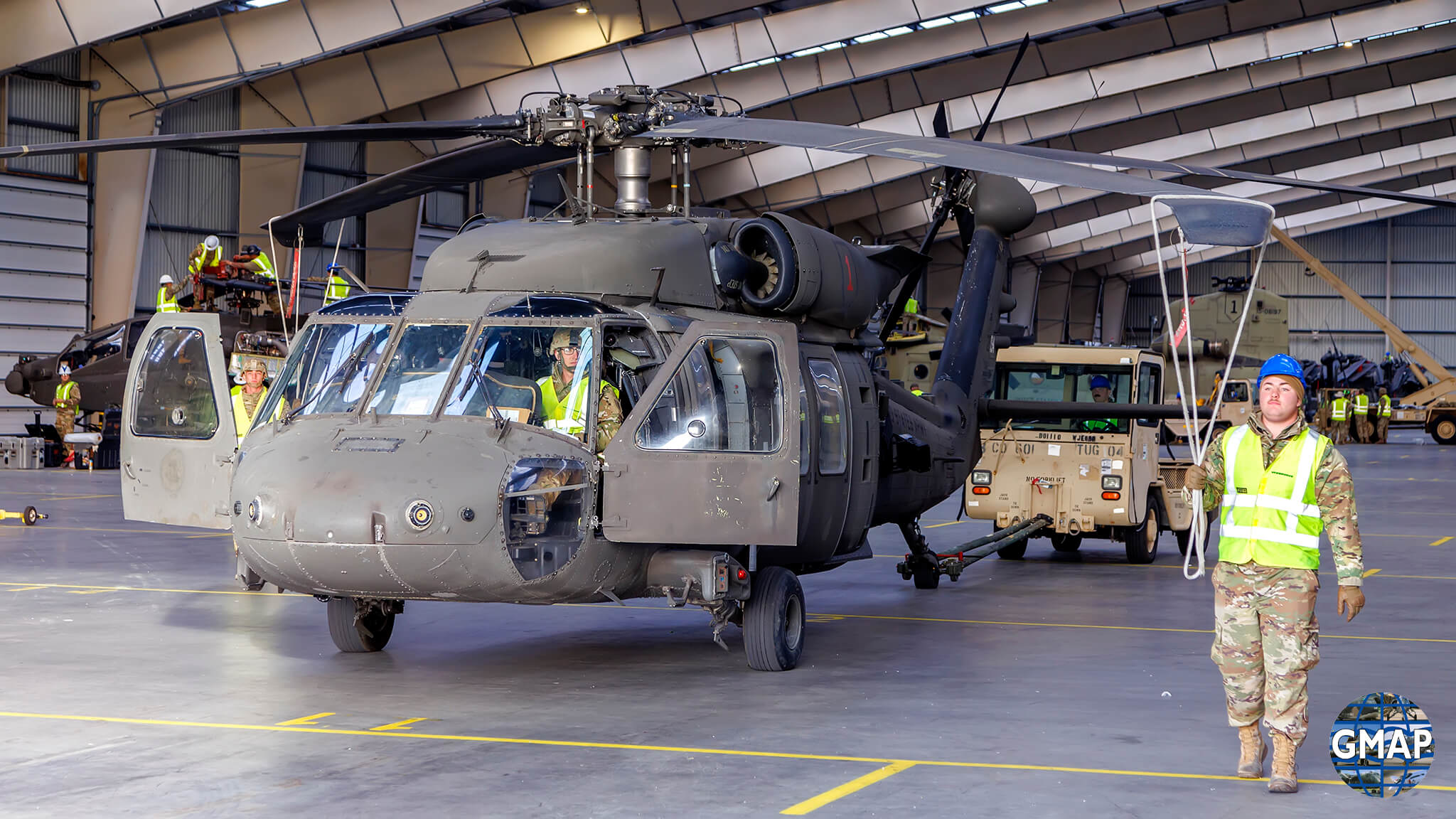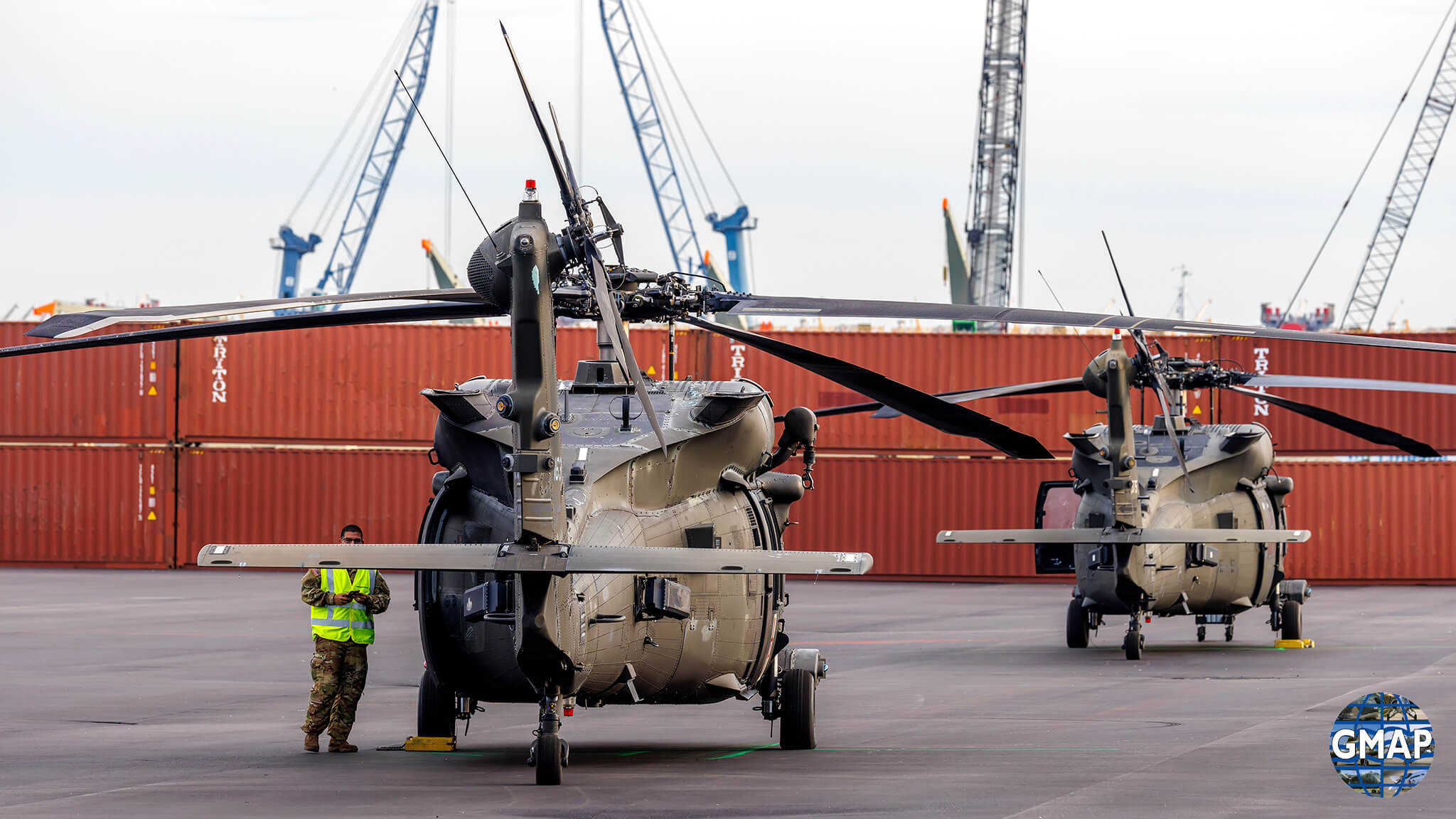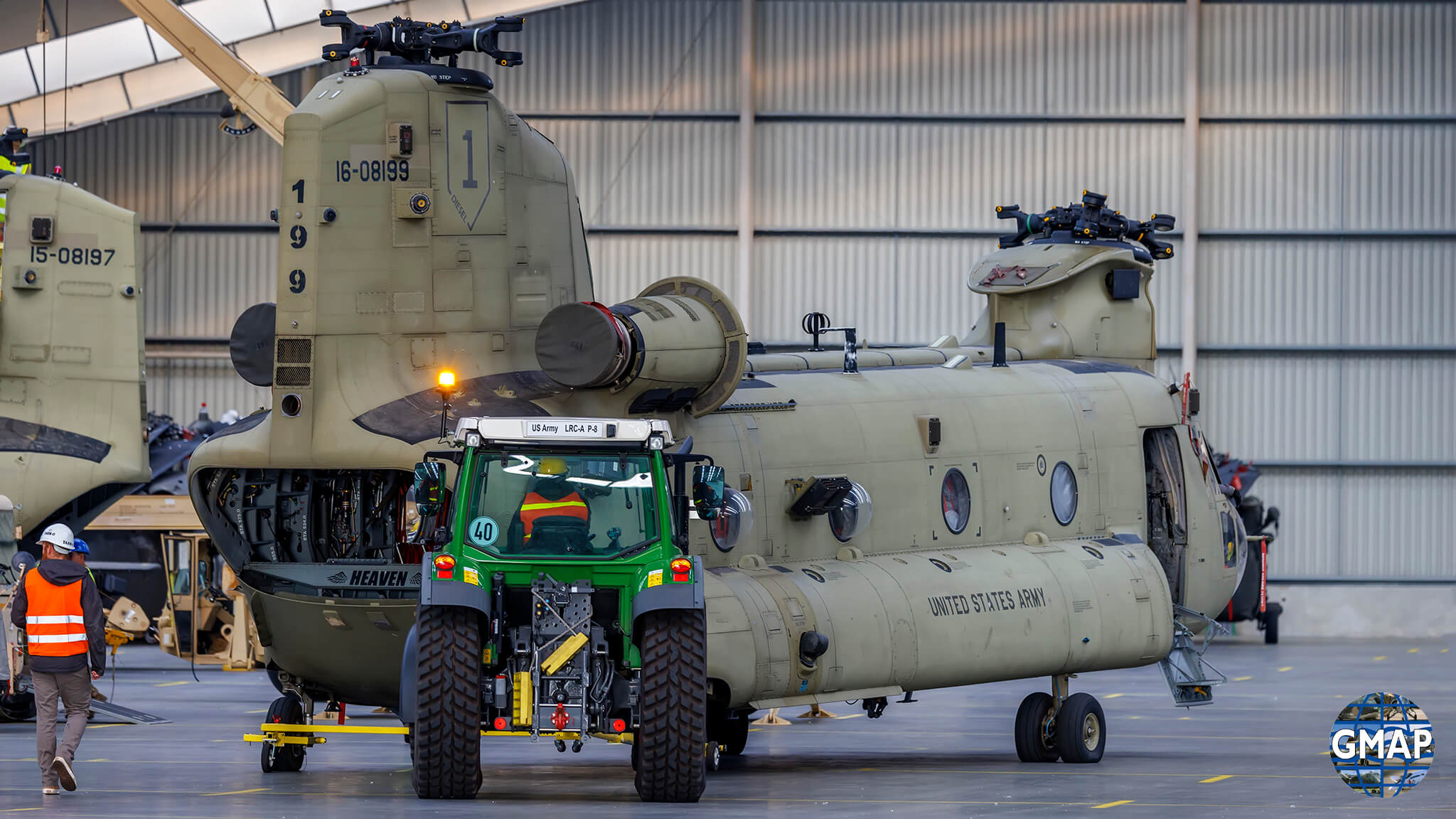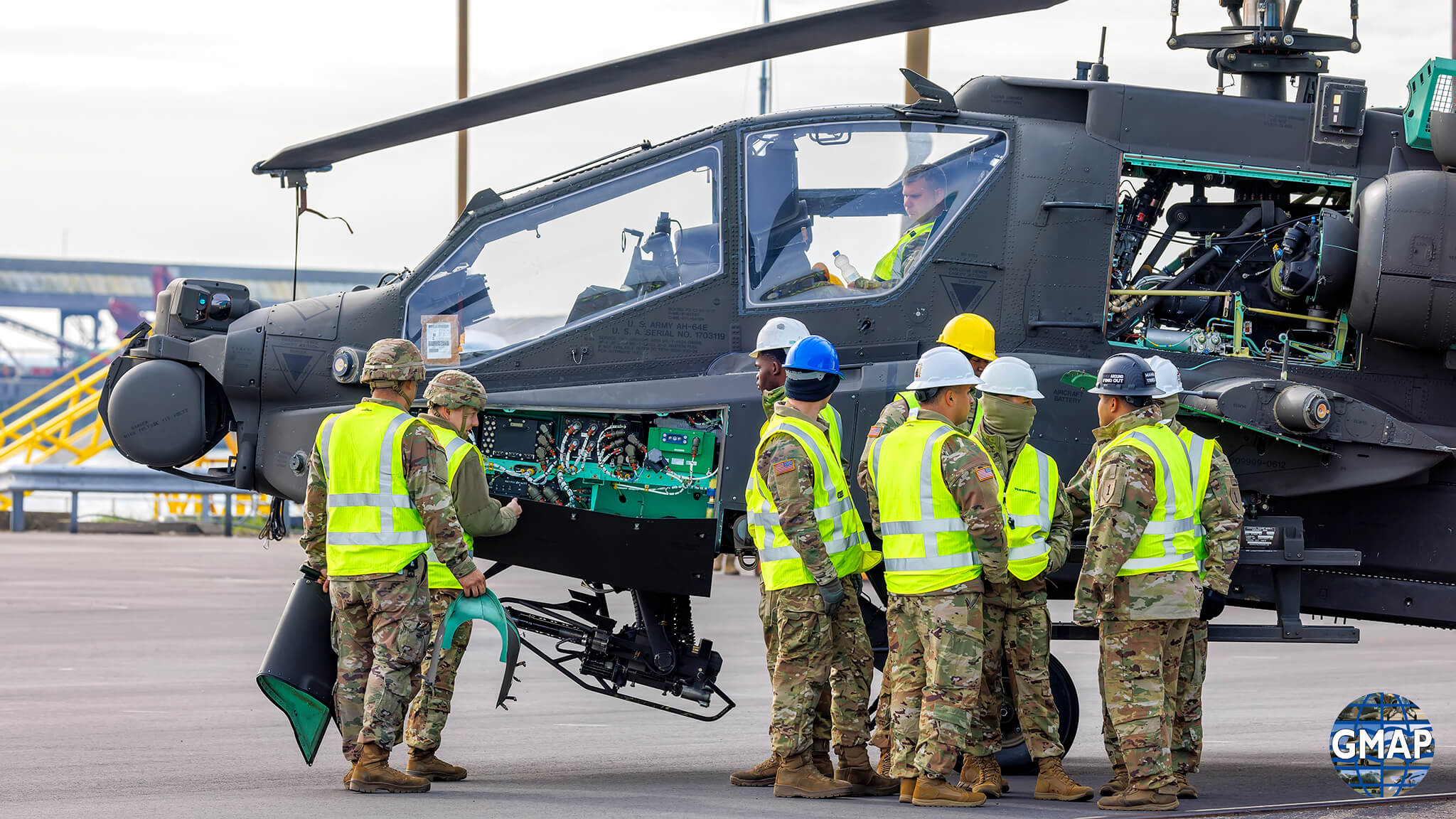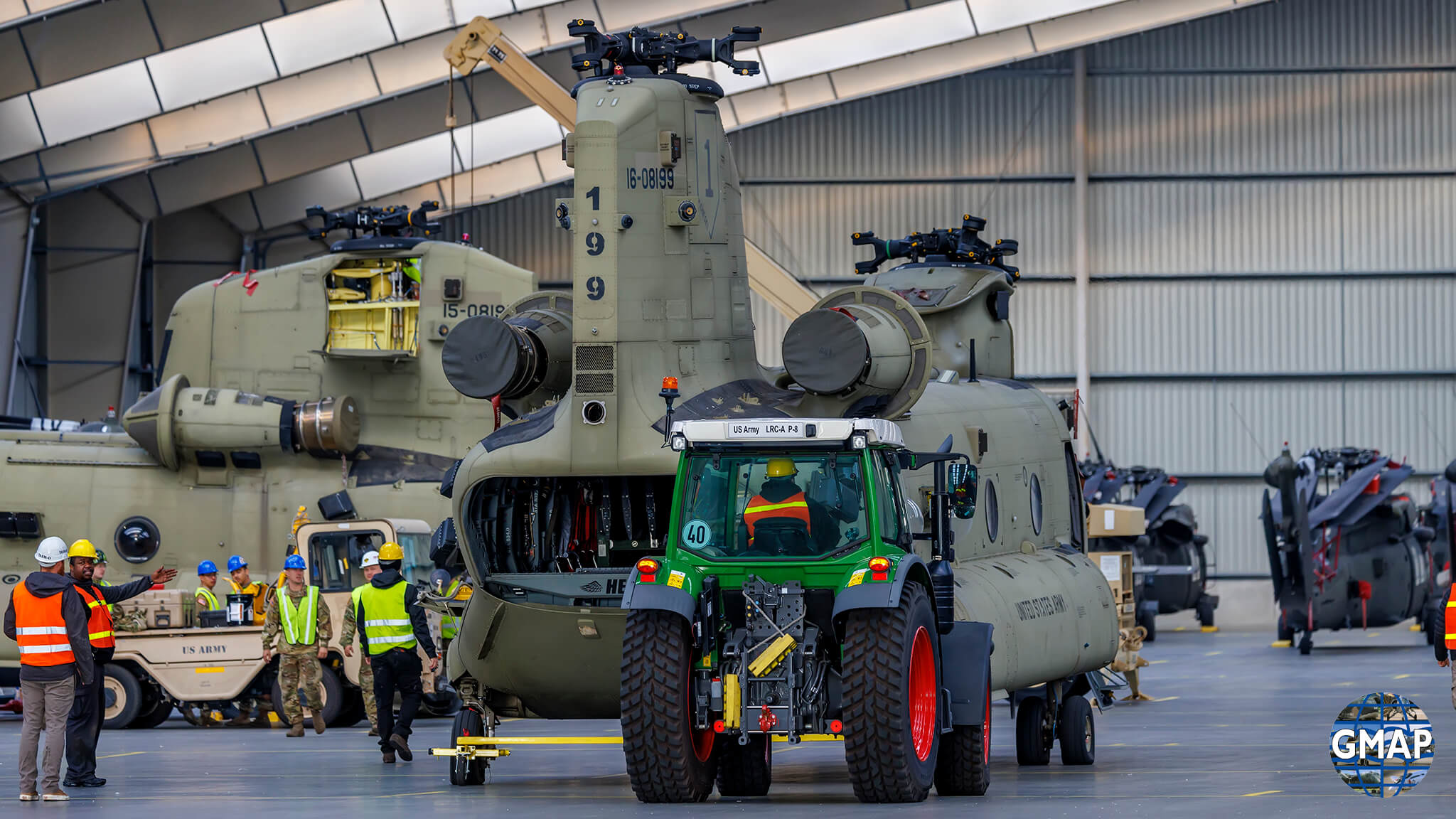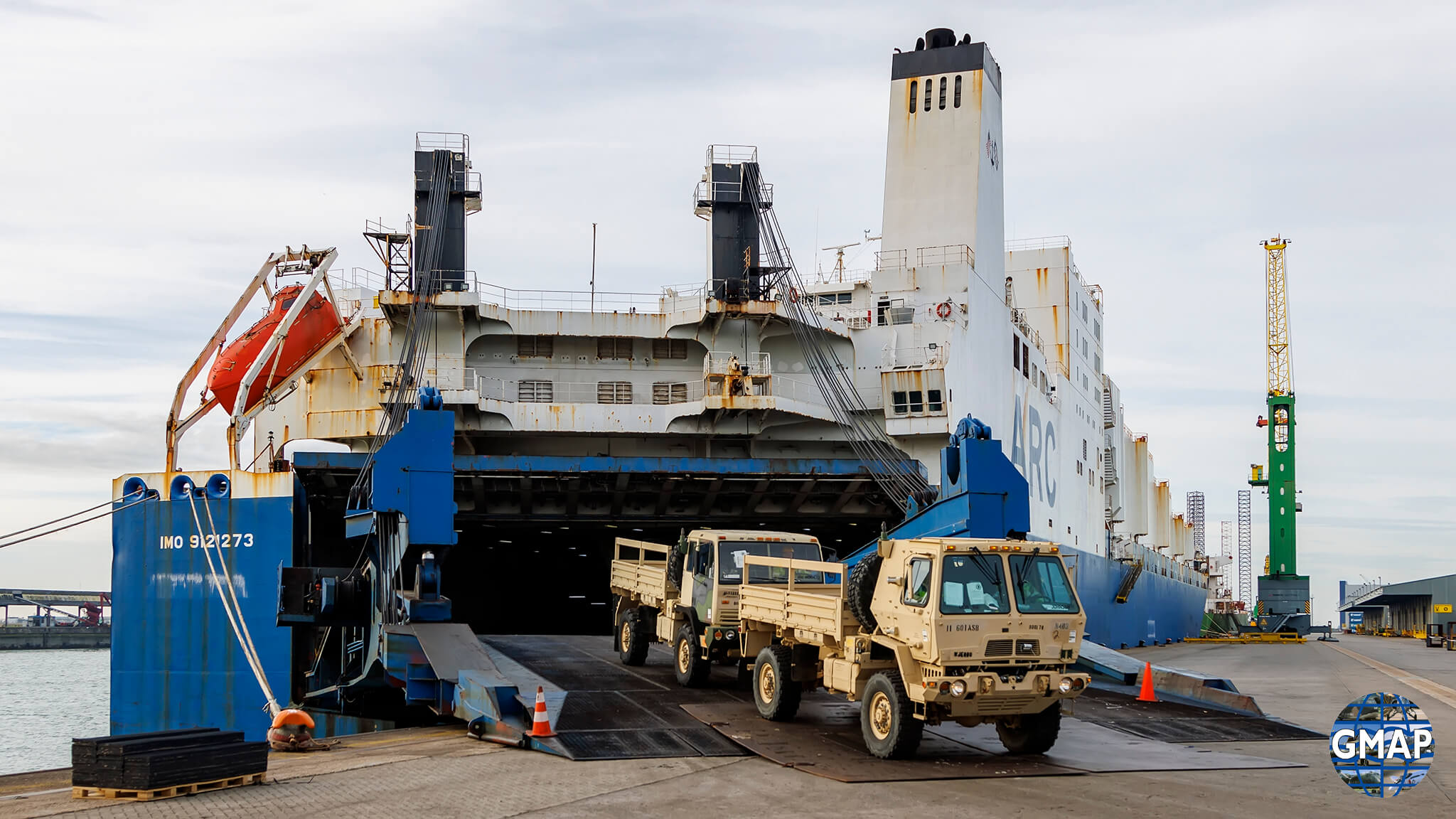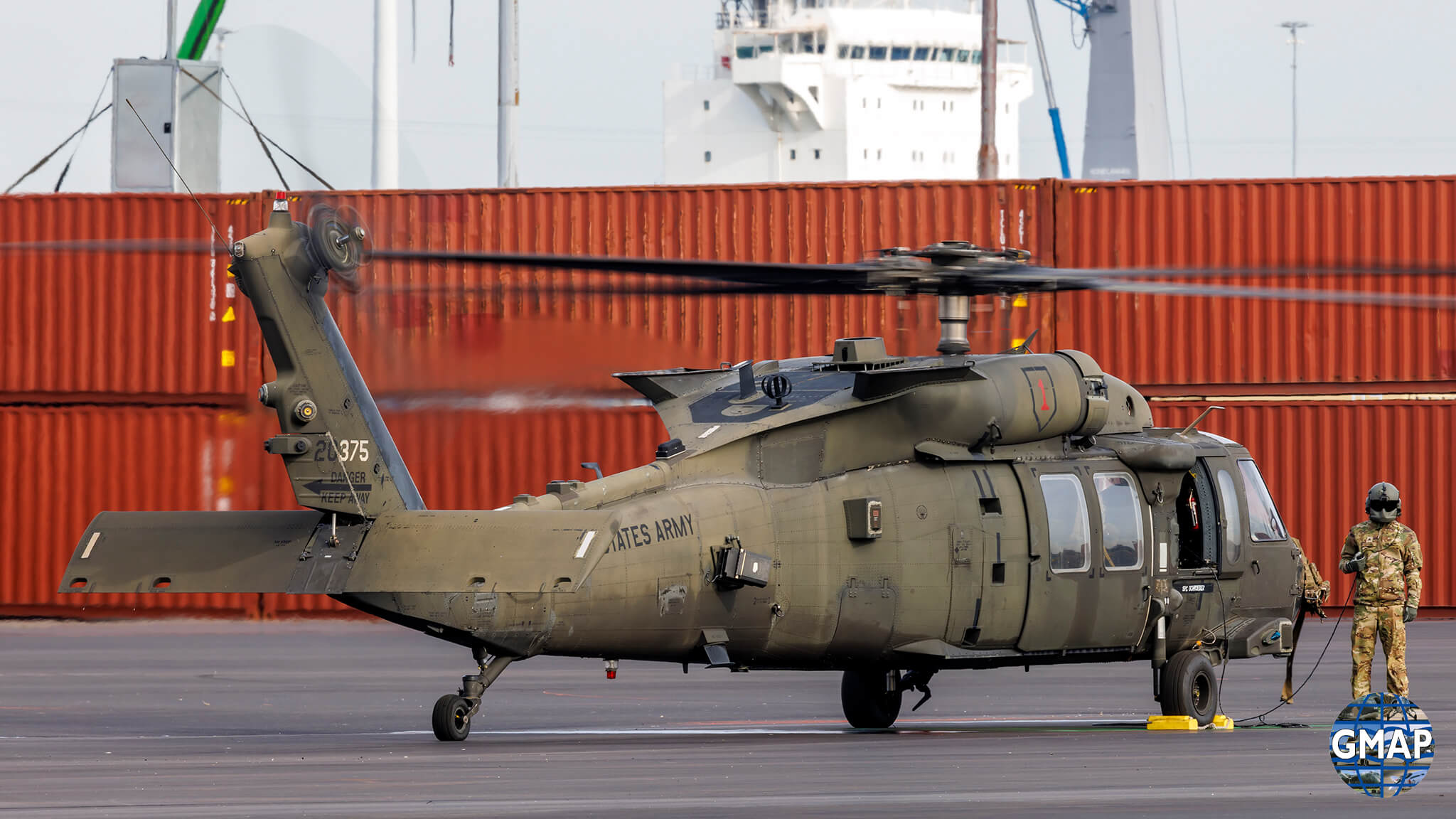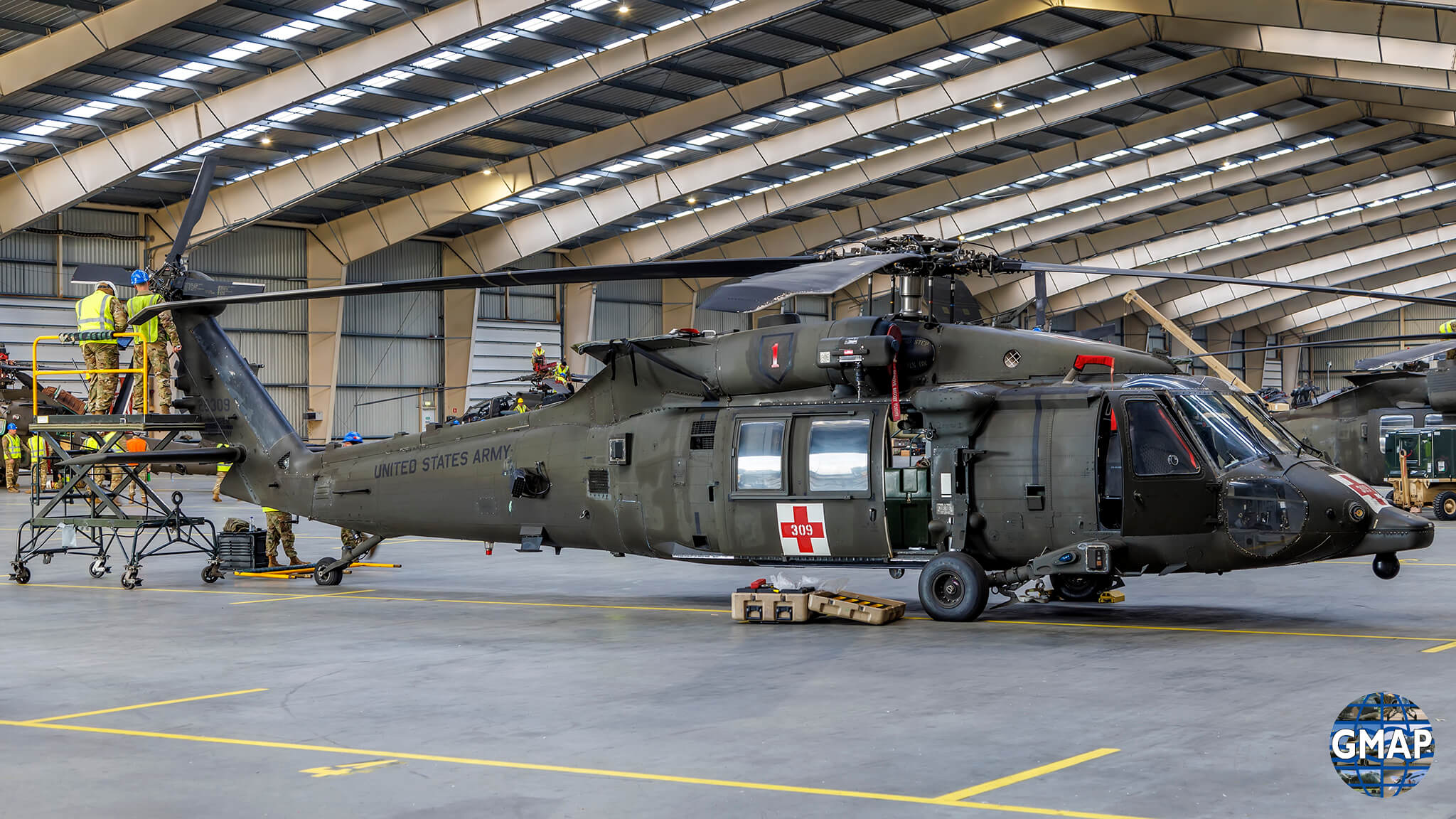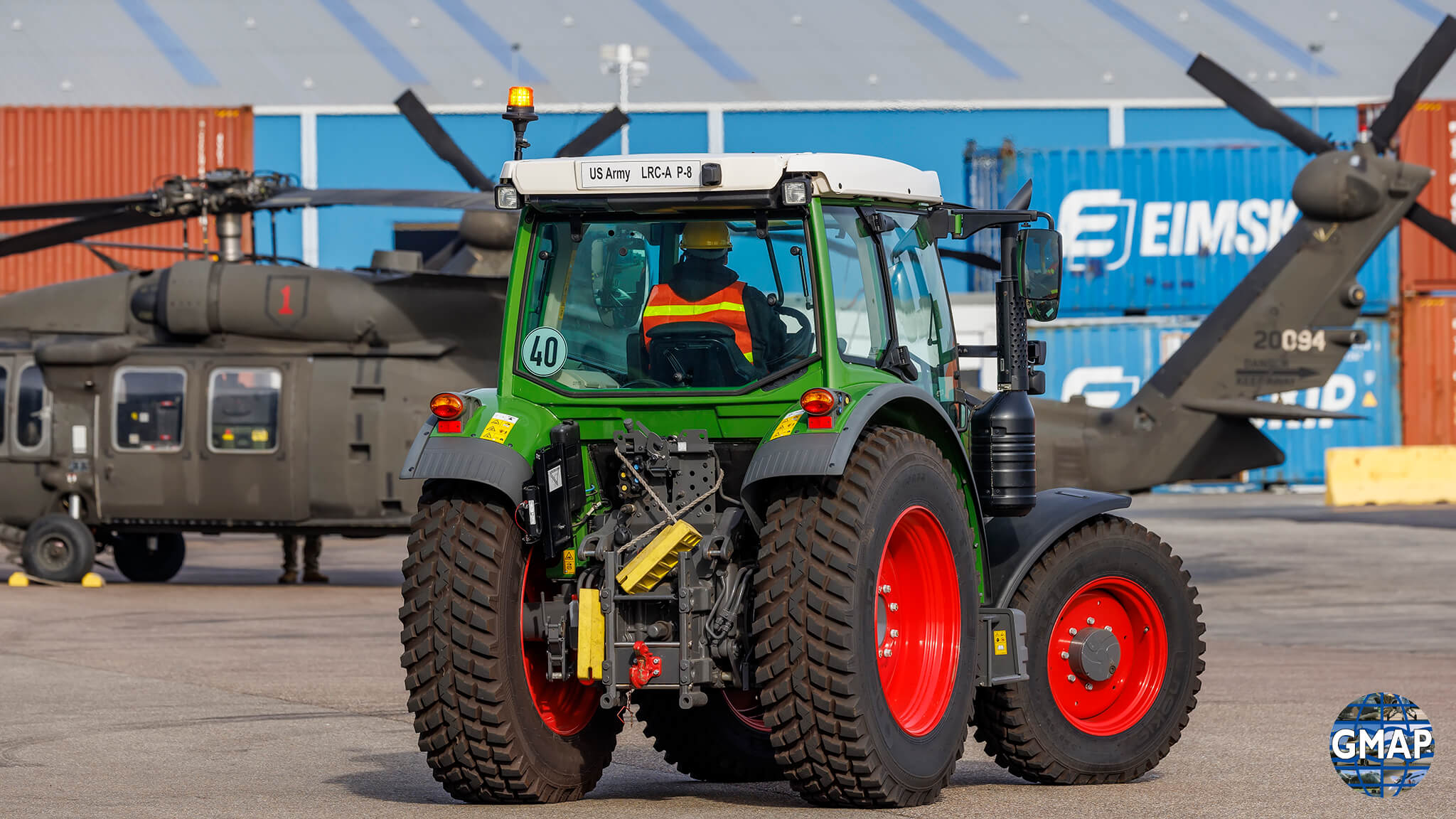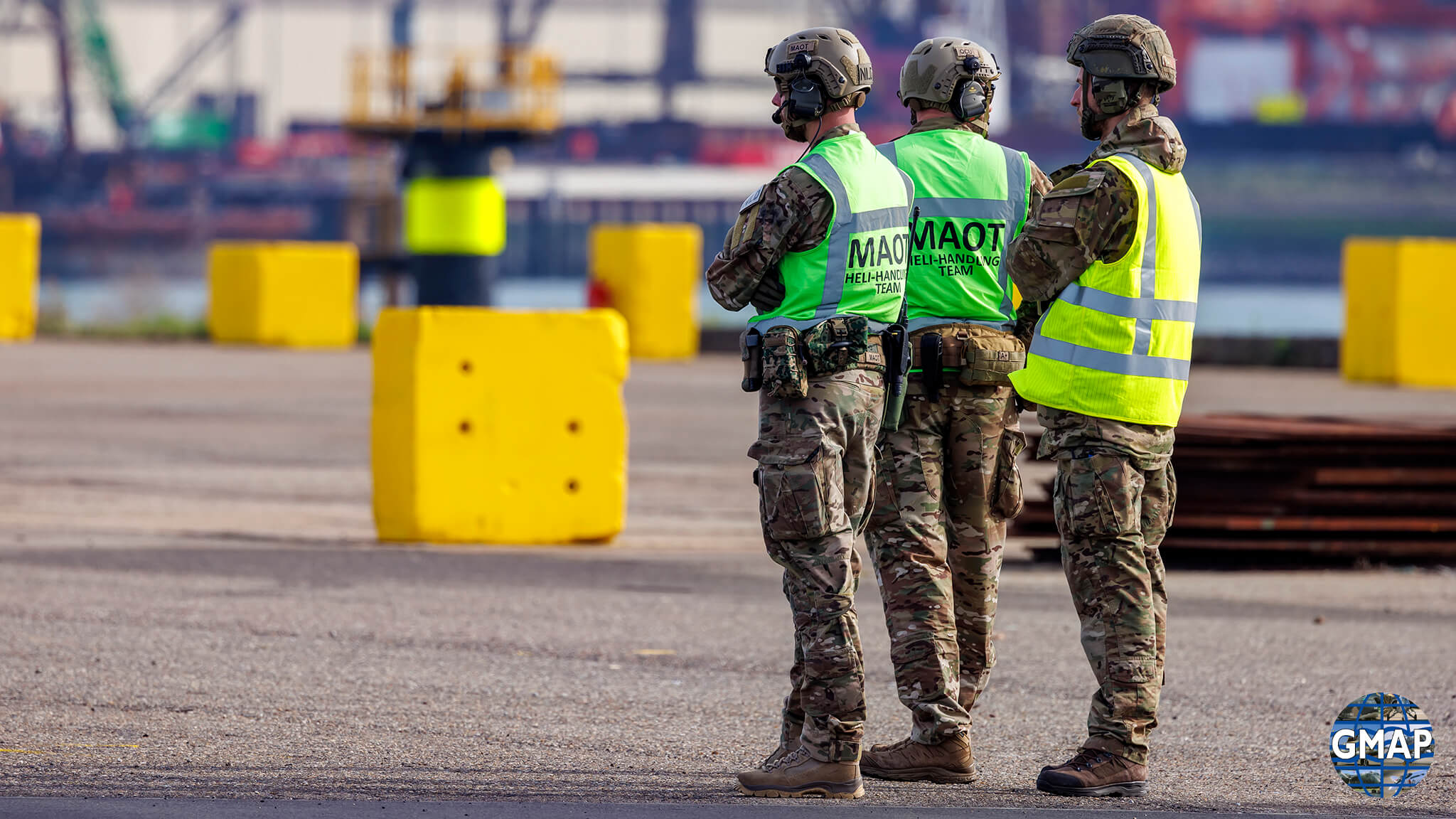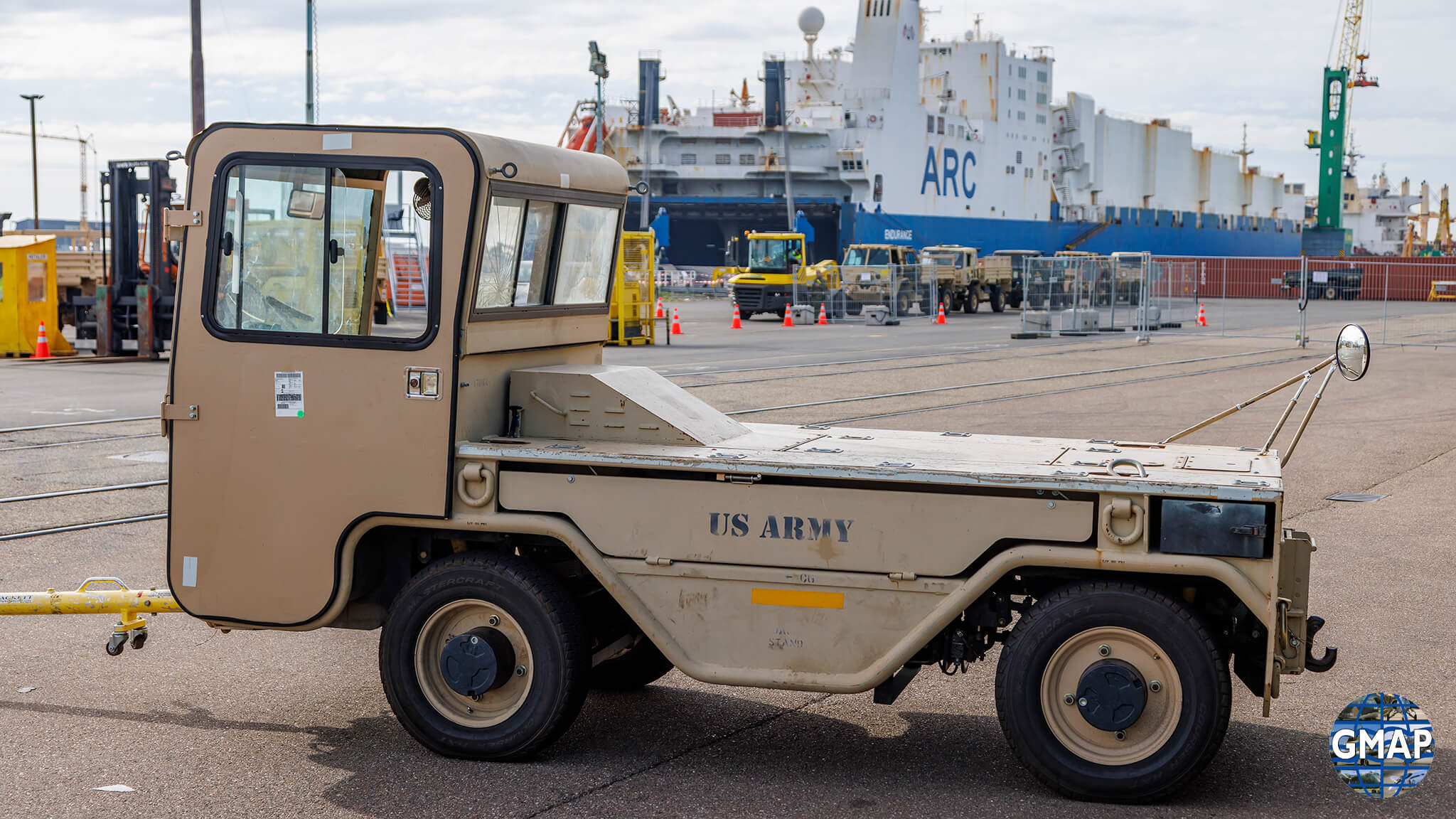Verbrugge Zeeland terminals B.V
A Temporary Military Zone that was established at the property of Verbrugge Zeeland terminals B.V. in the port of Vlissingen and served as a testament to the concept of host nation support in military operations. This temporary zone was set up to provide a base of operations and logistical support for United States Army military forces in support of Atlantic Resolve. Host nation support refers to the assistance and cooperation provided by a host nation to foreign military forces deployed within its territory. In this case, Verbrugge Zeeland terminals B.V. offered its property as a location for the Temporary Military Zone, showcasing their willingness to support and collaborate with the unloading of 49 US Army Helicopters and many military vehicles.
By allowing the establishment of the Temporary Military Zone, Verbrugge Zeeland terminals B.V. demonstrated their commitment to facilitating the foreign military’s operational requirements. This support included providing access to necessary infrastructure, facilities, and resources that were crucial for the smooth execution of these military operations.The preparations for port operations, involving the deployment of personnel and equipment took approximately three months. In the case mentioned, these preparations involved around 350 personnel, with 250 of them being US soldiers. Their primary objective was to facilitate the smooth functioning of port operations in the designated area.
On 18 October the first US Army Helicopters departed to Woensdrecht air base. This marked the beginning of the next phase of operations, where all helicopters would subsequently depart from the port into Woensdrecht air base and after this to their respective Forward Operating Bases (FOBs) located in northern/eastern Europe.
The deployment of helicopters to FOB’s (Forward Operating Base) in northern/eastern Europe signifies the strategic positioning of military assets to support operations in the region. These FOB’s serve as operational bases for conducting various military activities and exercises with foreign military troops.
